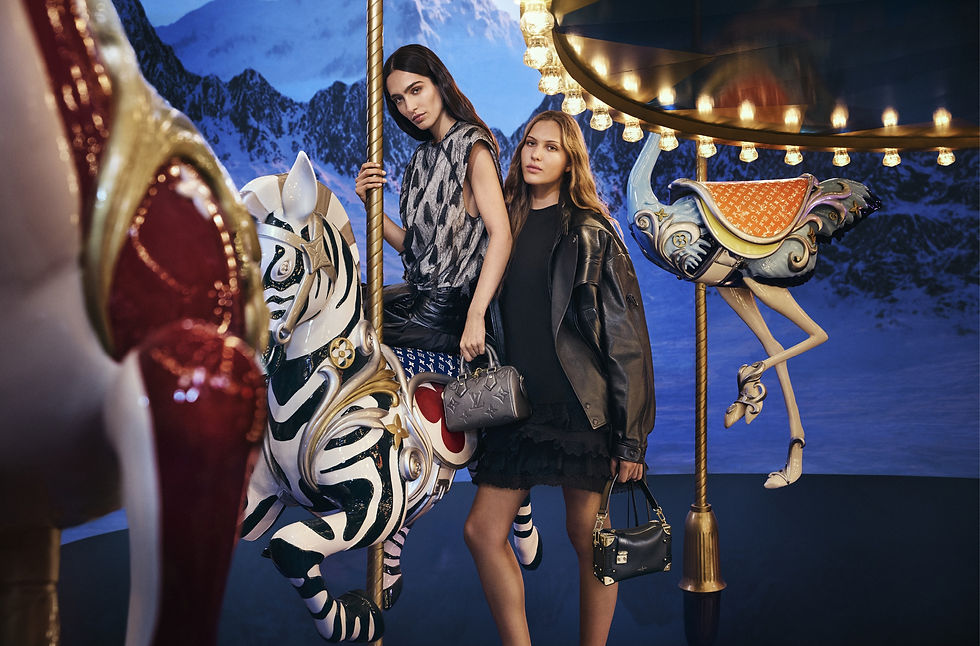

JayO Talks Summertime, Colours and R&B Nostalgia With His Latest EP 'HUE'
North London-bred British-Nigerian genre-bending artist JayO drops HIS EP 'HUE', a sonic
interpretation of the Summer months explored through colour and feeling.


Joe Kay Speaks On A Landmark Summer, Performing At All Points East & His Debut Project
This summer has been a landmark one for Joe Kay, the Soulection founder and global tastemaker who continues to push the boundaries of what a DJ set can feel like.


Marshall Series First Listen: Zino Vinci Shells Beats & Building Worlds
Zino Vinci is an artist who refuses to stay boxed in. Part of the UK’s new wave of genre-blurring voices, he’s built his name on bending rap, alternative, and experimental sounds into something unmistakably his own.


Inside the Marshall Series First Listen With Amaria BB, A Refreshing Voice for a New UK R&B Era
We got a chance to sit and talk with Amaria BB on set of the Marshall Series First Listen, supported by New Wave. This intimate studio experience truly embodies the essence of a refreshing vibe, exactly what Amaria BB says she feels when she’s in Paris.


Estelle's Genre Is Joy As She Speaks on Music, Meaning & New Album 'Stay Alta'
After a well-deserved musical hiatus, Estelle returns with her sixth studio album, ‘ Stay Alta’ . Having soundtracked multiple...




























Comments